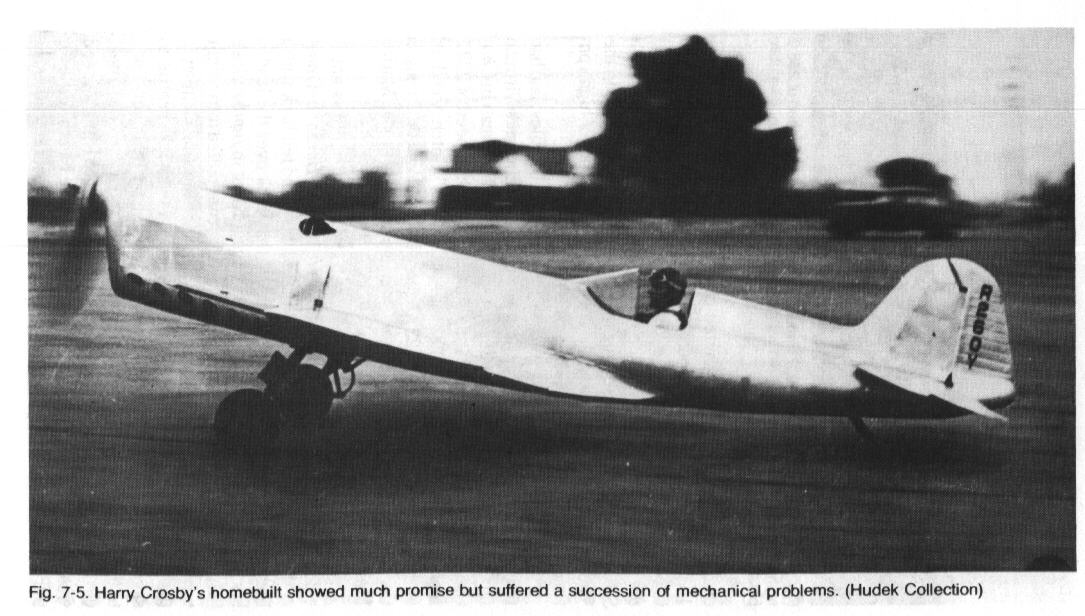
This rather obscure airplane has become my all-time favorite, probably due to the very interesting story behind its creation, unfulfilled potential, and the absolutely blind luck that led to its rediscovery in 1990.
The CR-4 was the brainchild of Harry V. Crosby, a barnstormer, airmail pilot, and test pilot who was killed trying to bail out of the Northrop XP-79B jet flying wing in 1945. He was also apparently an incredible fast talker, as he managed to have the CR-4 design wind-tunnel tested in the Guggenheim lab at Cal Tech for free, as well as having students at the Curtiss-Wright Technical Institute build it for free. And just for good measure, he managed to talk a Texas oilman into financing the operation.
So, while most of his competition was flying planes covered with plywood and fabric that had been designed by the eyeball method, some still sporting wire bracing on wings and tail, Crosby's sleek all-metal racer was obviously one of the most advanced and fastest planes in the world. However, this was not enough to make the plane a success, as it suffered from constant mechanical woes.
Originally designed to take a Ranger V-12 engine, which became unavailable to Crosby, he instead installed a Menasco C6S-4 from a previous racer, the Crosby C6R-3 (see pictures below). While the plane was still extremely fast with the smaller engine, that specific engine was prone to erratic performance. Another problem with the plane was its weight. As it was designed for the more powerful Ranger, its weight with the Menasco was about 600 lbs. heavier than the Folkerts SK-4, which was about the same size and used the same engine. This extra weight, coupled with the tiny wing, made the plane very poor at pylon turns. Also a major headache was the landing gear, which was operated by a CO2 fire extinguisher. Empty extinguisher bottles and leakage made the gear prone to extending any time the airplane was turned hard.
The CR-4's racing record: 1938 Greve - out; 1938 Thompson - out; 1939 Greve - flagged down on 13th lap, 164.9 mph, 3rd place; 1939 Thompson - 244.5 mph, 4th place.
Apparently, there was still some "snort" left in the design, as I have read that there where plans to install a Ranger V-12 in the CR-4 and enter it in the 1947 National Air Races. This never transpired, however, and the airplane effectively disappeared shortly thereafter. Efforts to trace the plane's whereabouts were futile until 1990, when Morton Lester heard about a lady in North Carolina selling some old aircraft parts, which had been collected by her late husband.
The first part of the collection consisted of parts for 6-cylinder Menasco engines, which were most often found under the cowls of racing aircraft. Next was a weather-beaten aluminum fuselage and wing center section resting on the rotted remains of sawhorses in a nearby woods. While it certainly resembled the still unaccounted-for CR-4, there was no engine, cowl, outer wing panels, canopy, control surfaces, registration numbers, or any other reliable identification. Mr. Lester proceeded to search the rest of the property for more parts and found some (cowl parts, as I recall), but still nothing conclusive regarding the ID of the fuselage in the woods. Mr. Lester took one last look at the property, making sure he hadn't missed anything, when he noticed two old bus bodies in the woods. Why put a bus in the woods? To store things, of course!
Sure enough, the control surfaces, canopy, landing gear doors, and outer wing panels were stashed in there. One of the wing panels had half of the CR-4's NX92Y registration number on it (see photo below), so the identity of the airplane was confirmed. And if that story wasn't lucky enough for you, consider the fact that the lady who had the CR-4 was just days from having the "junk" cleared from her property. Just the thought makes me shudder.
Since then, the CR-4 has been under restoration, first by Mr. Lester and his crew, and more recently completed by the EAA Air Adventure Museum restoration staff. During the annual model show at the museum on 18 April 1998, I had the fantastic opportunity to go into the back of the restoration area (which is closed to the public) and inspect the CR-4 up close. Naturally, I took full advantage of this opportunity by shooting almost a full roll of film of the plane. I was also allowed to look at all of the EAA's documentation for the plane - photos and a few articles - which is where I learned most of the story concerning the airplane's discovery. I also had the great opportunity to get some more “up close” shots at Oshkosh ’98, and on a visit to the museum on 30 April 2000. I finally got my first look at the finished product in January of 2001.

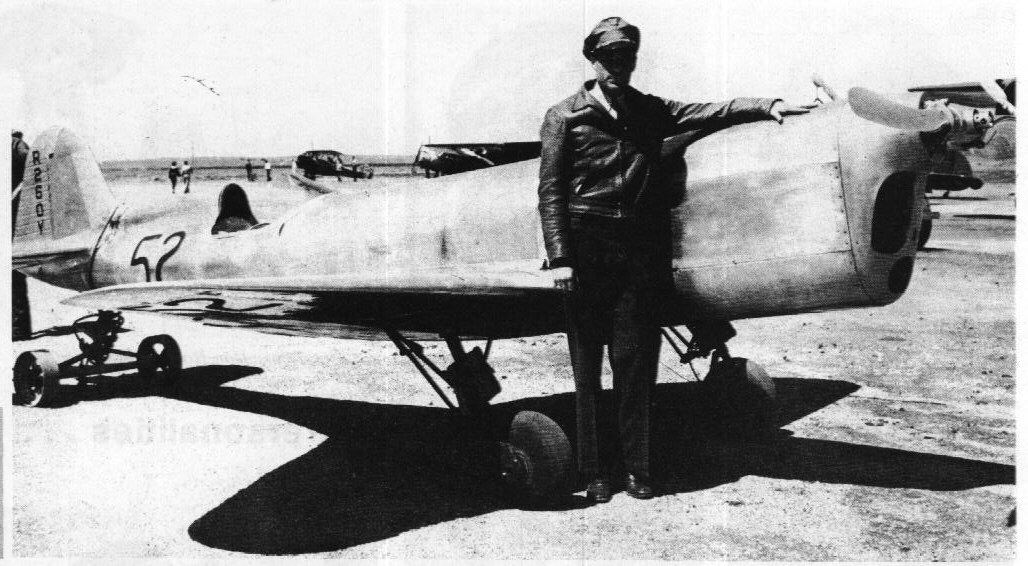
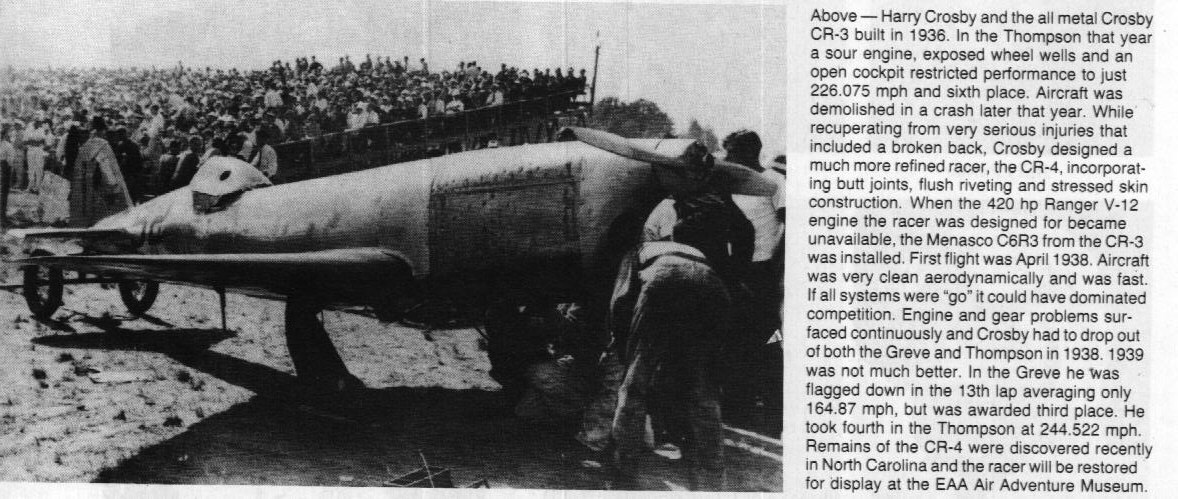
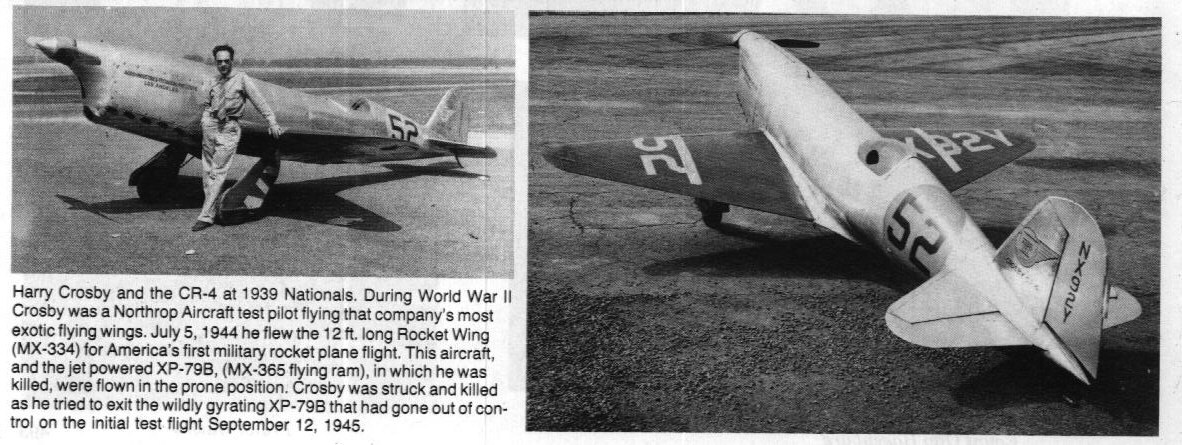
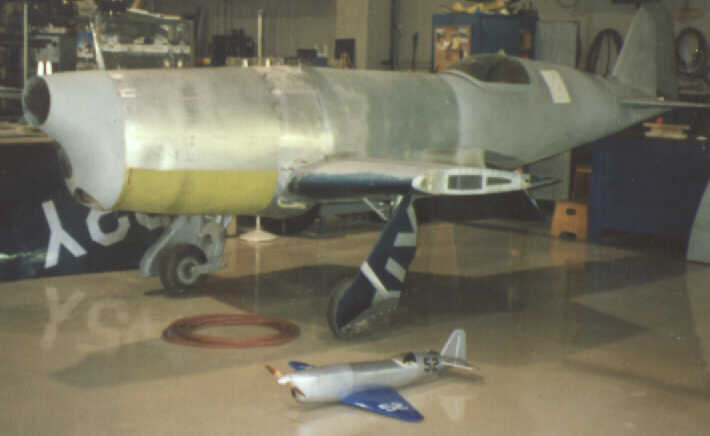
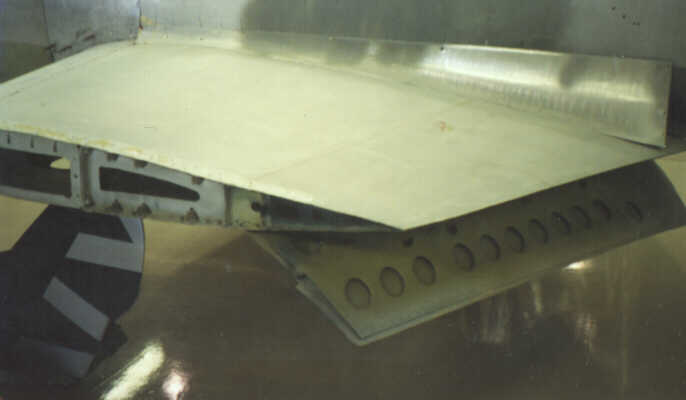
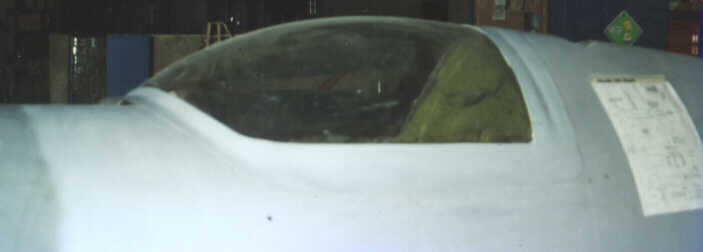
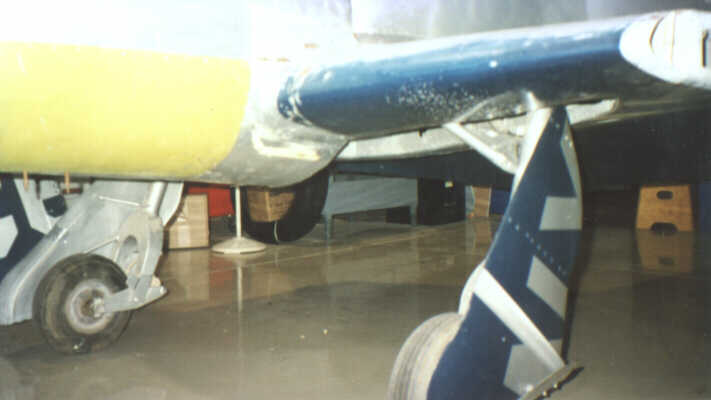
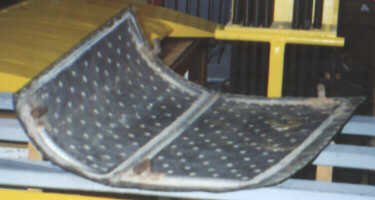

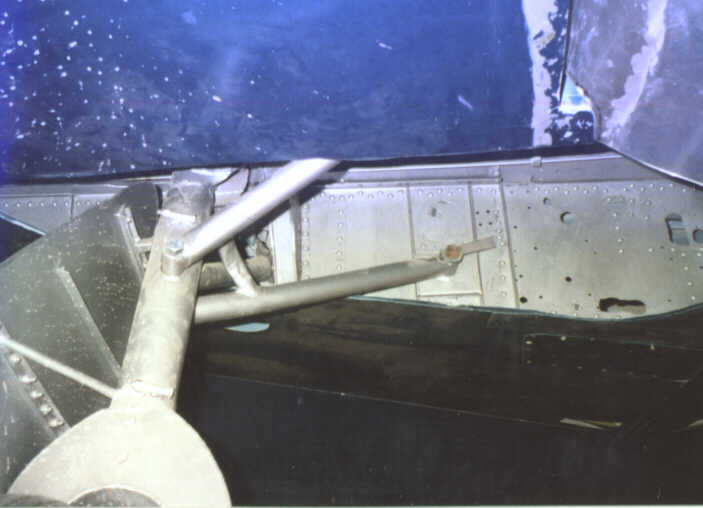
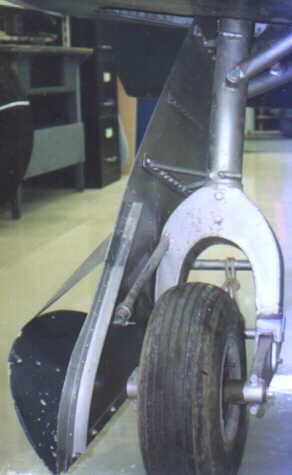

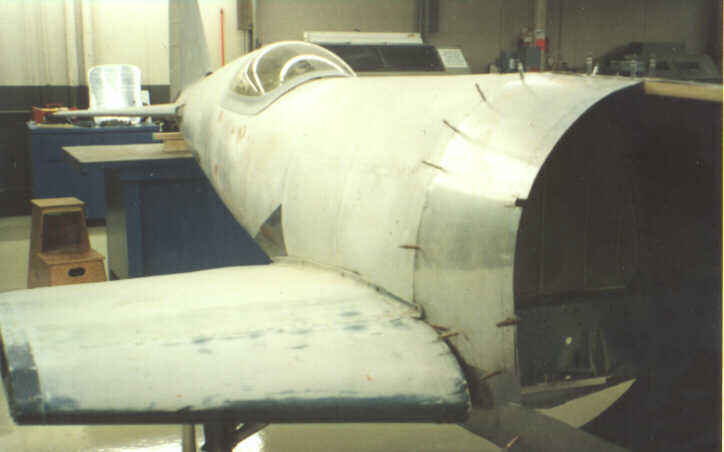
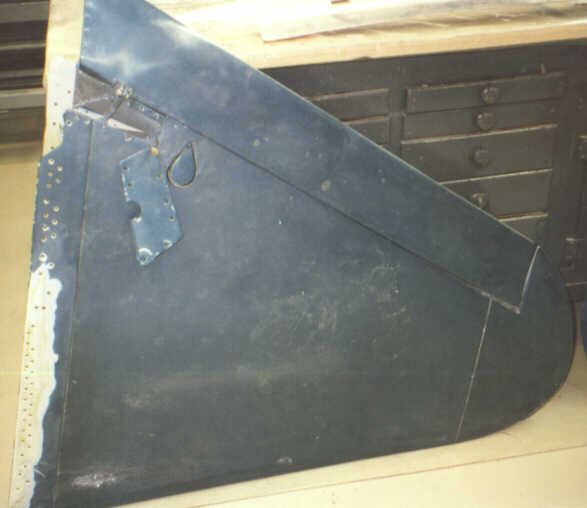
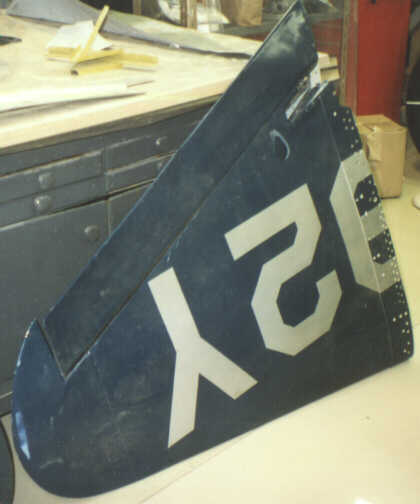
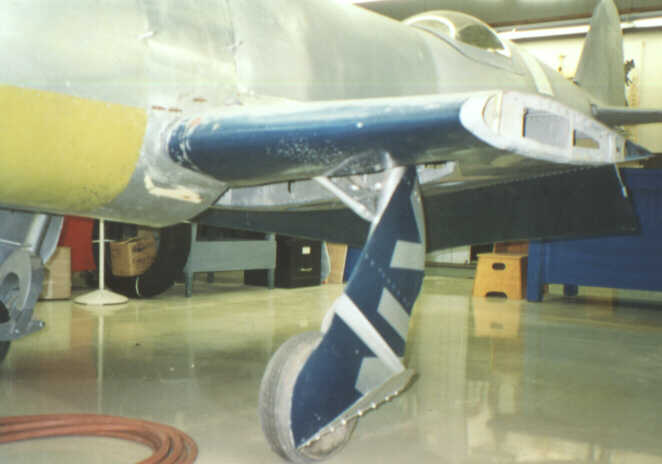
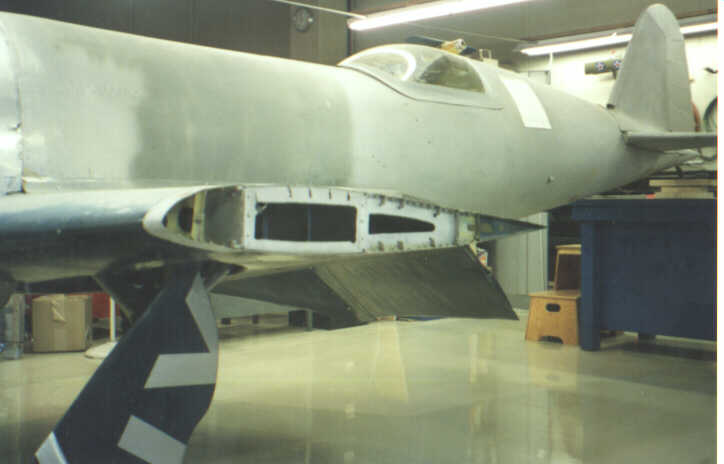
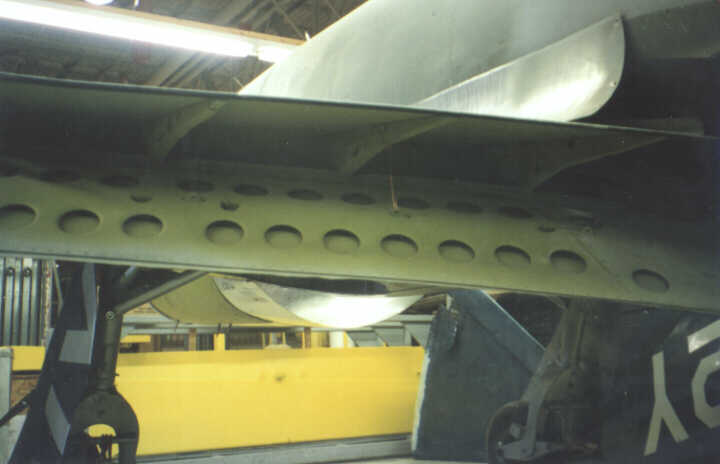
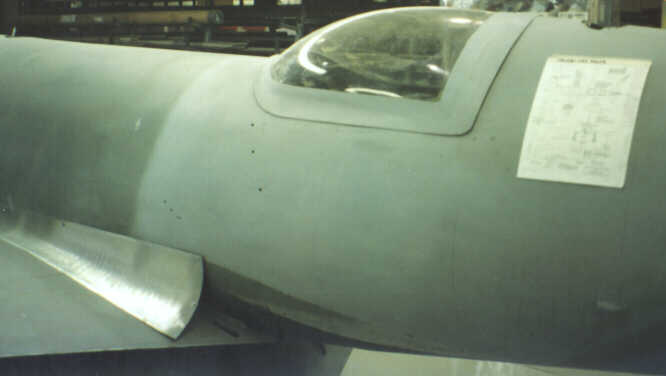
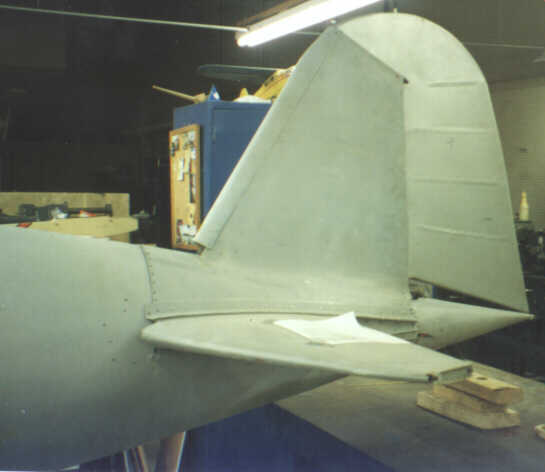
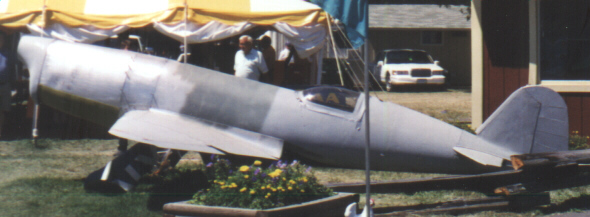
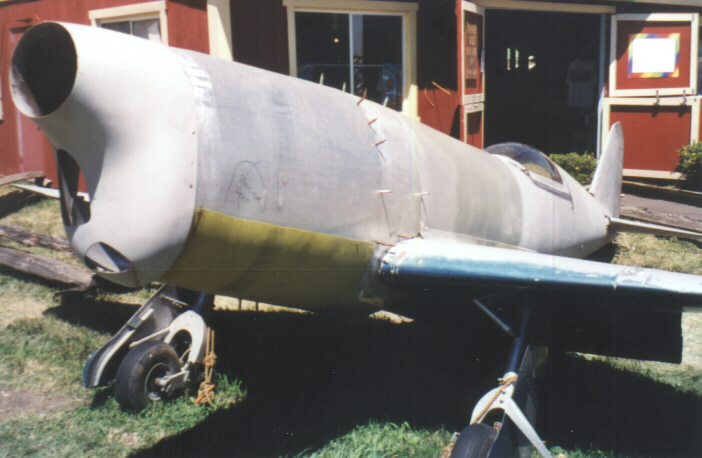
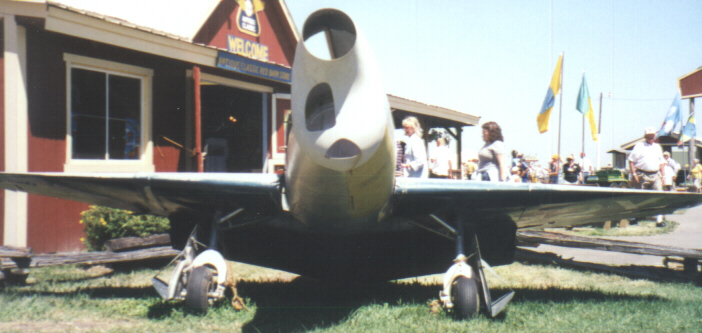
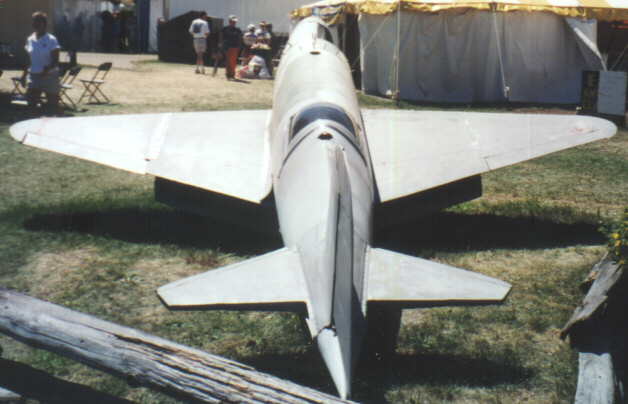
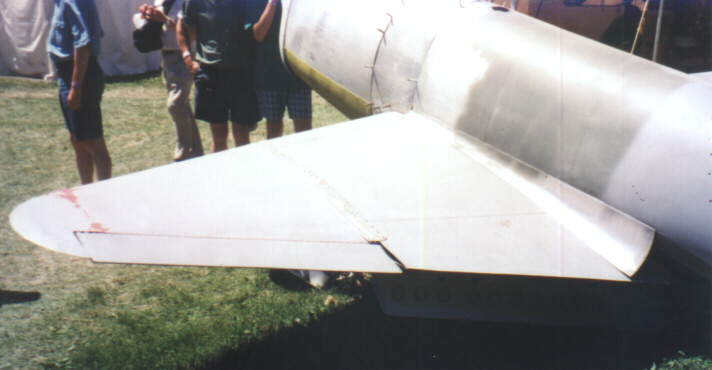
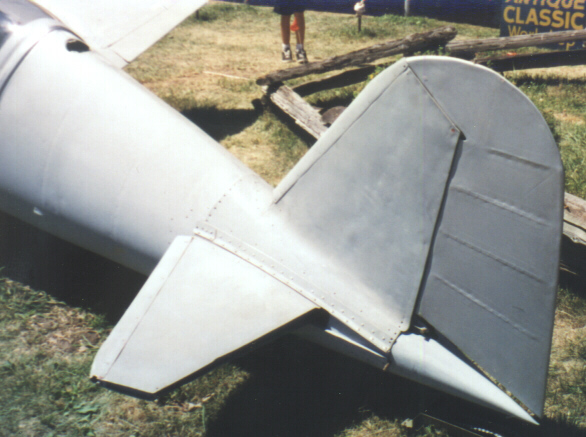
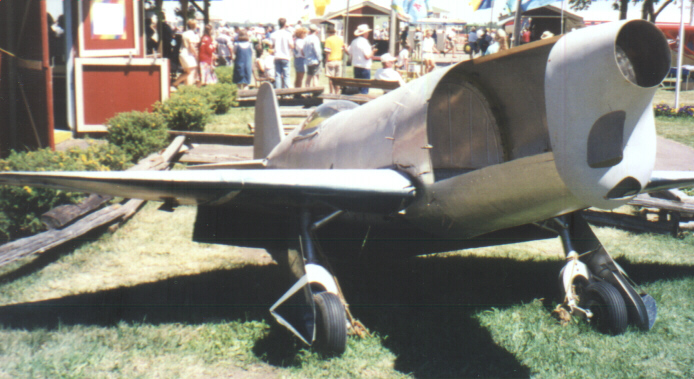
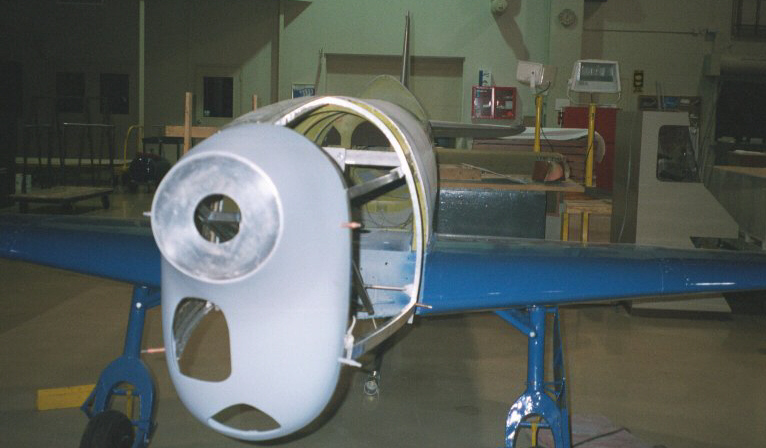
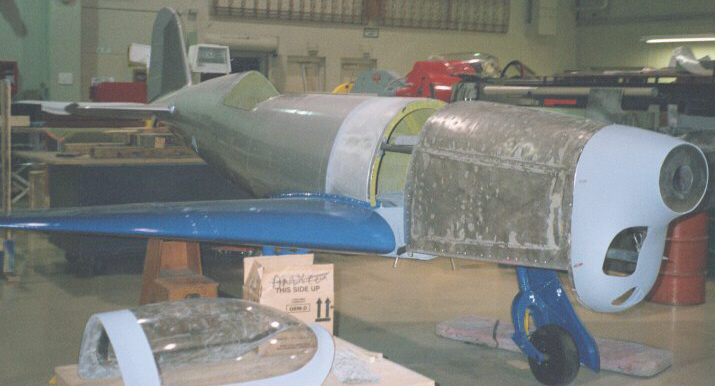
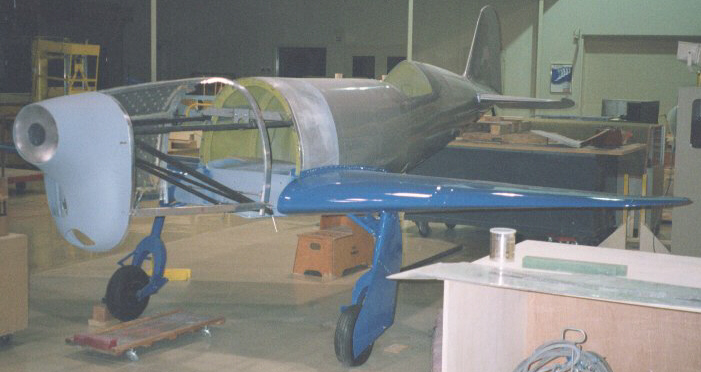
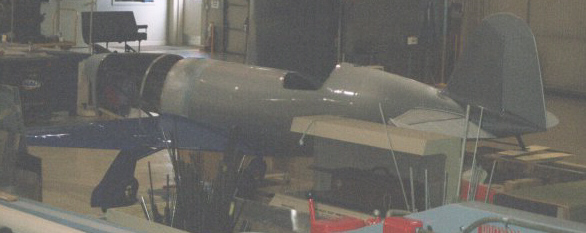
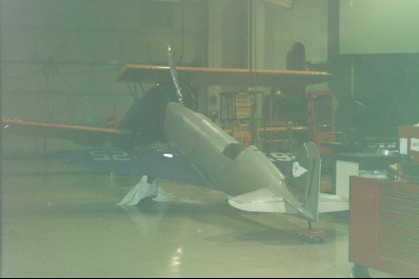
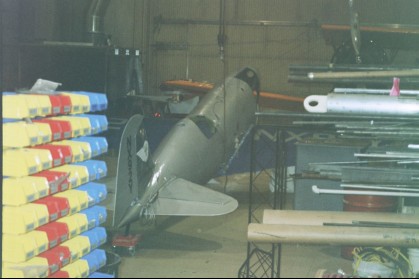

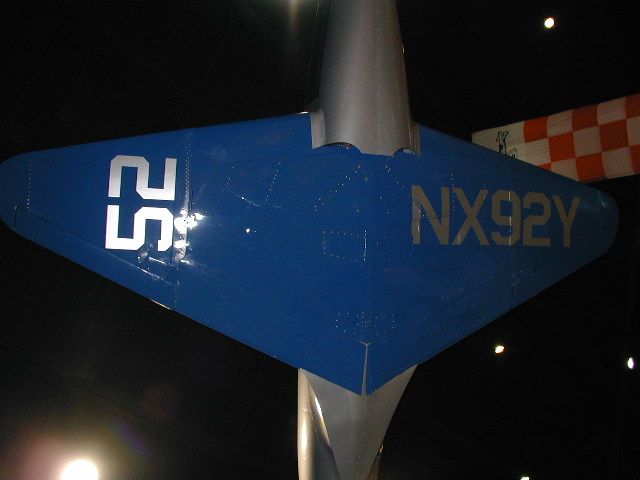
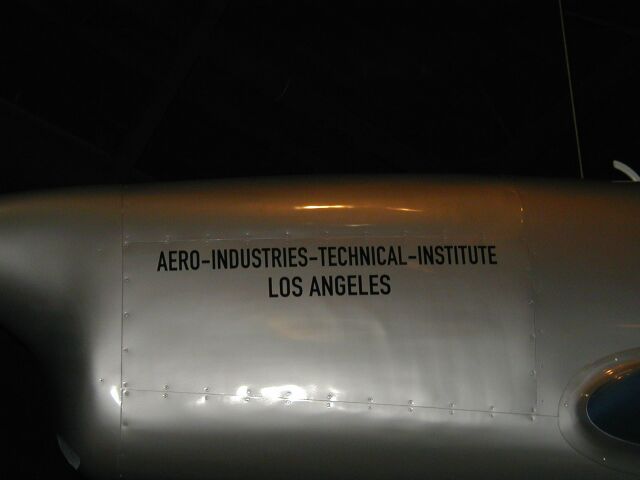
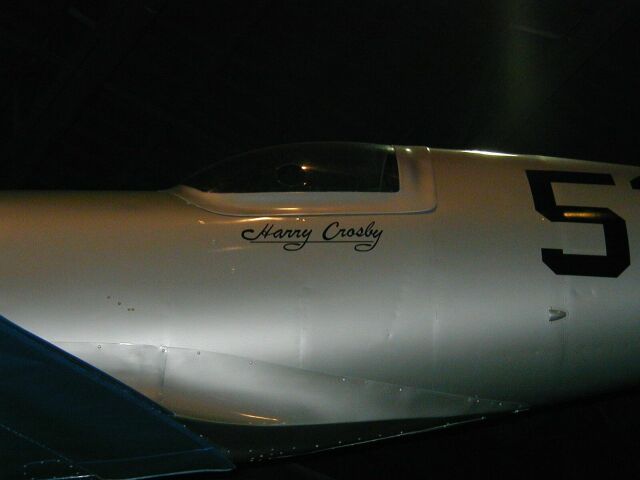
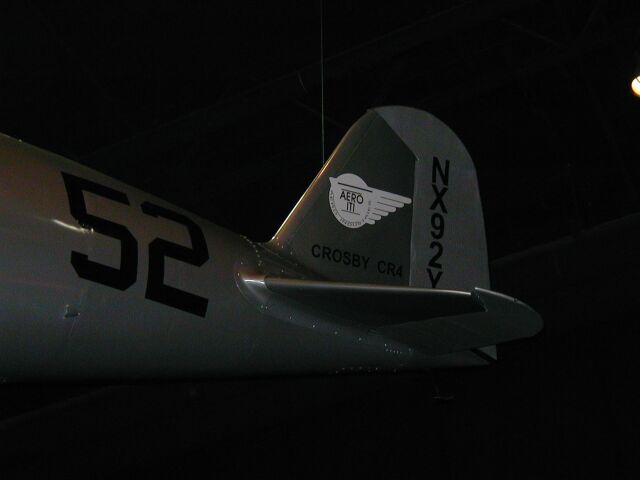
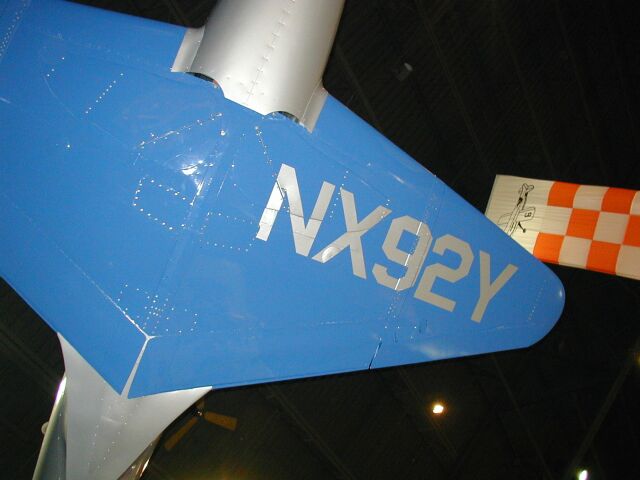
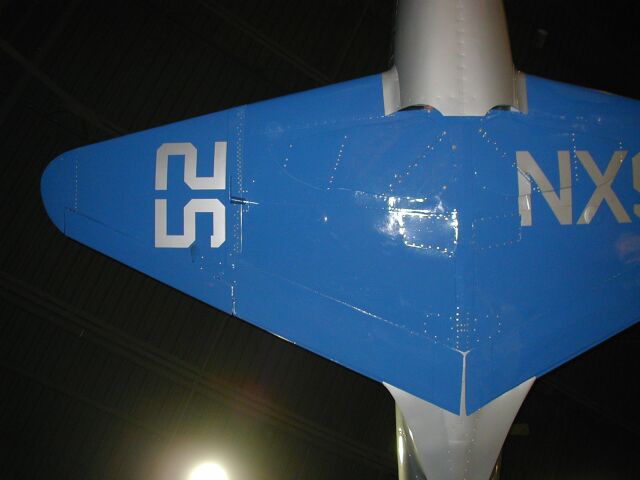
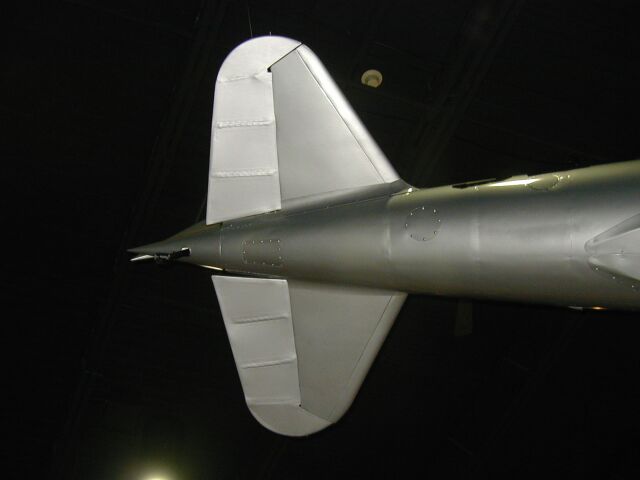
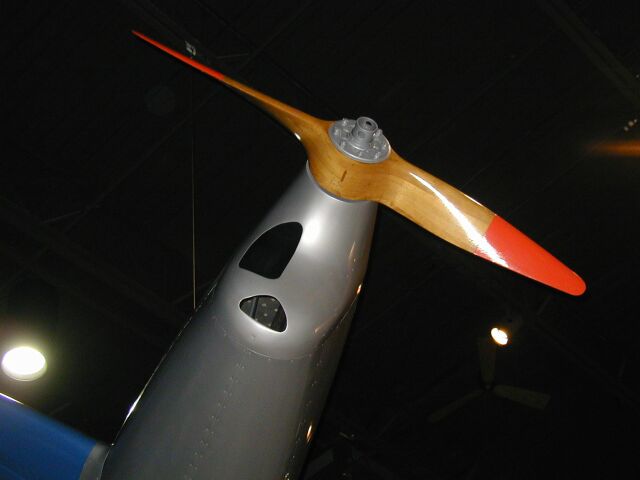
Last modified 26 April 2004 by RCB